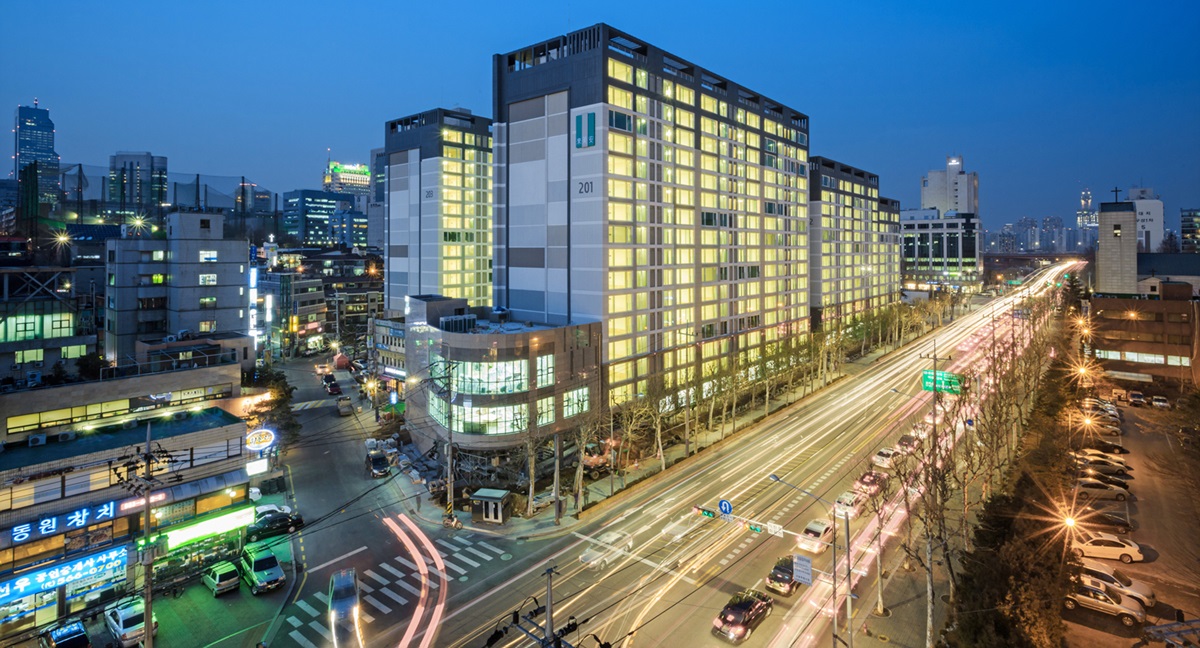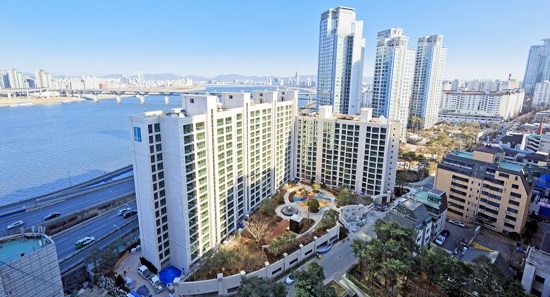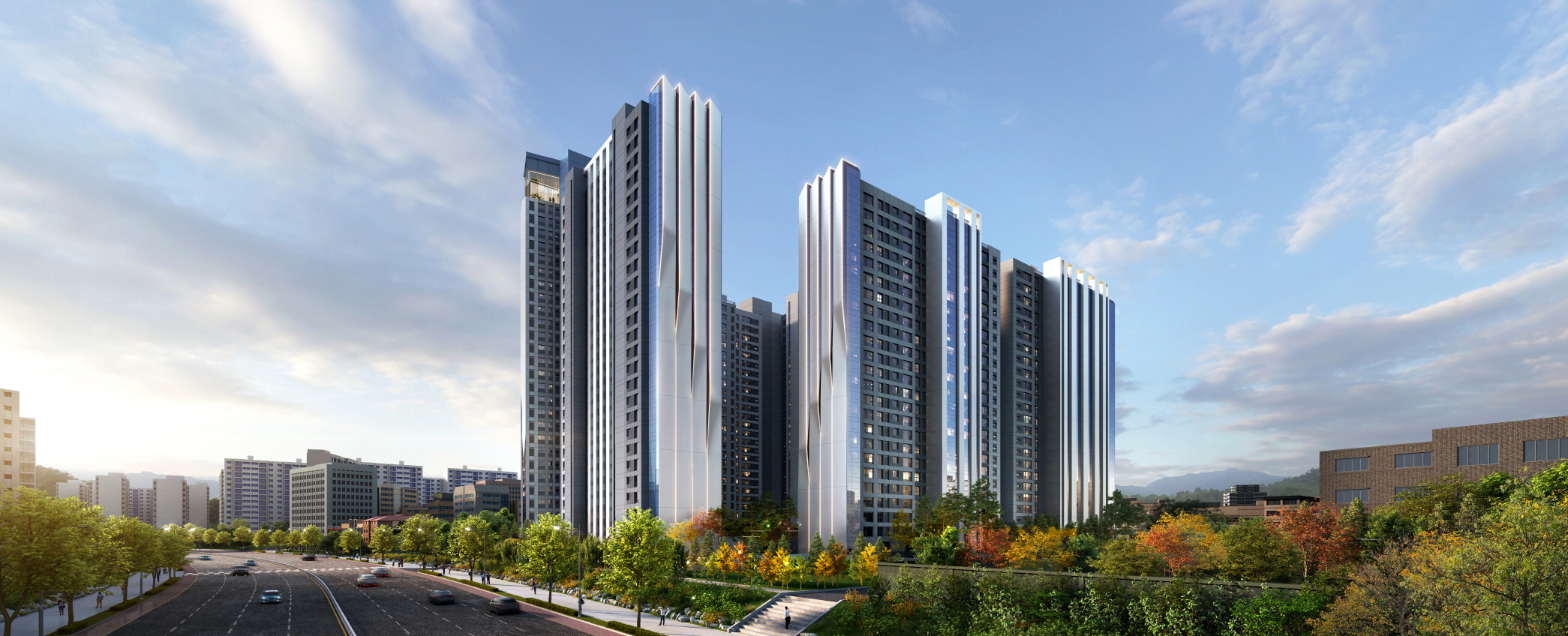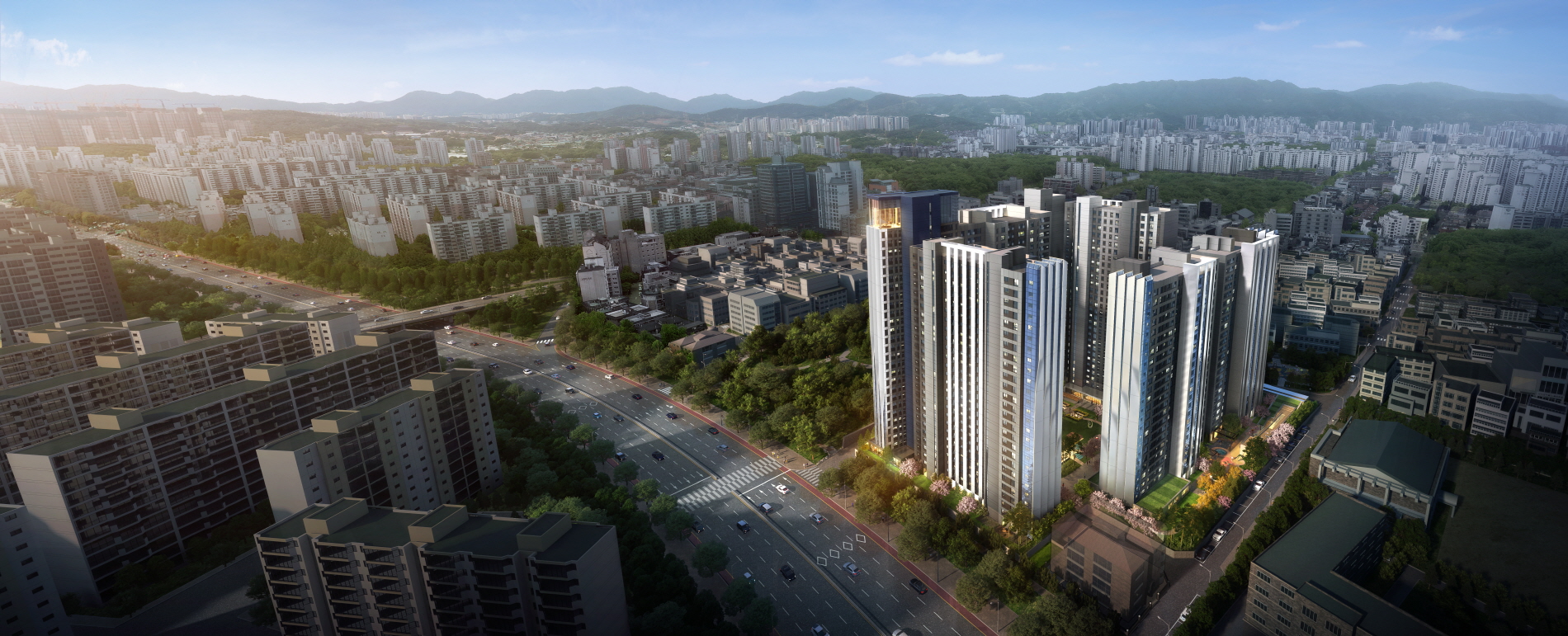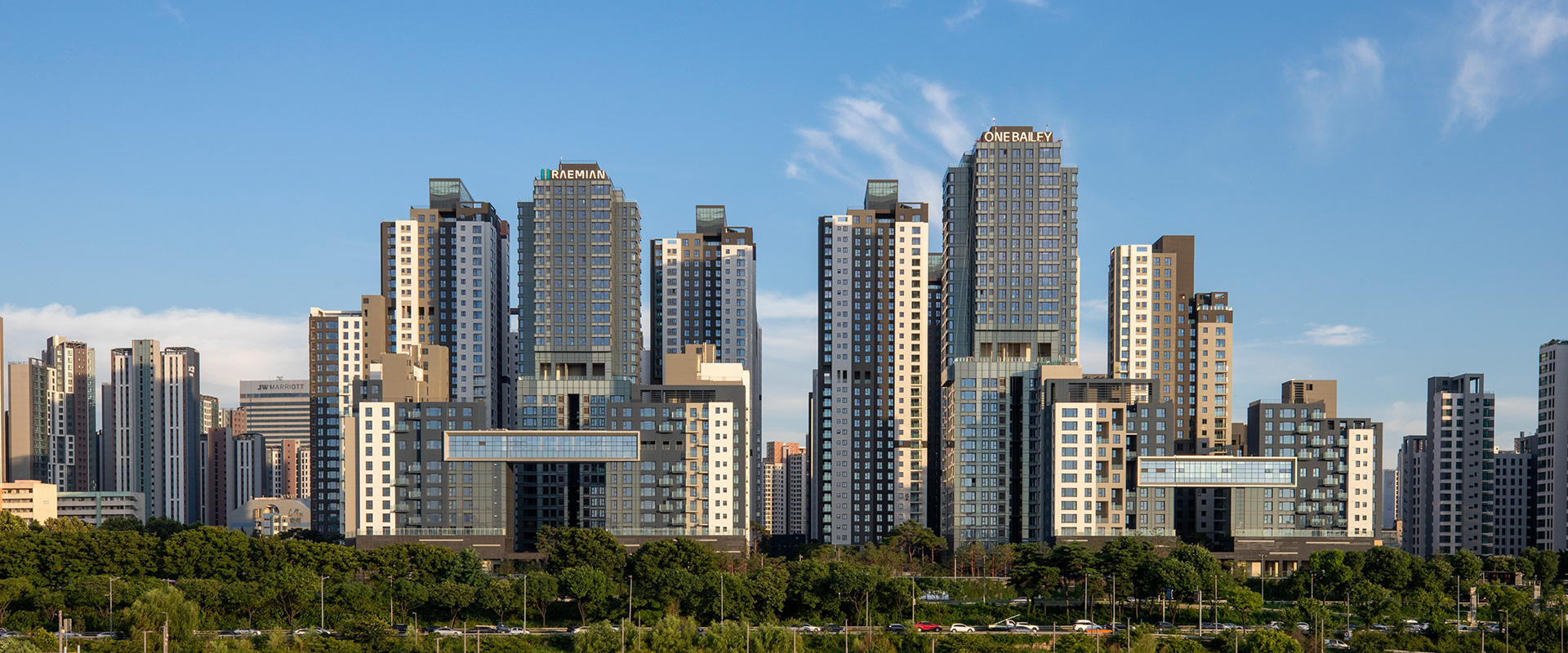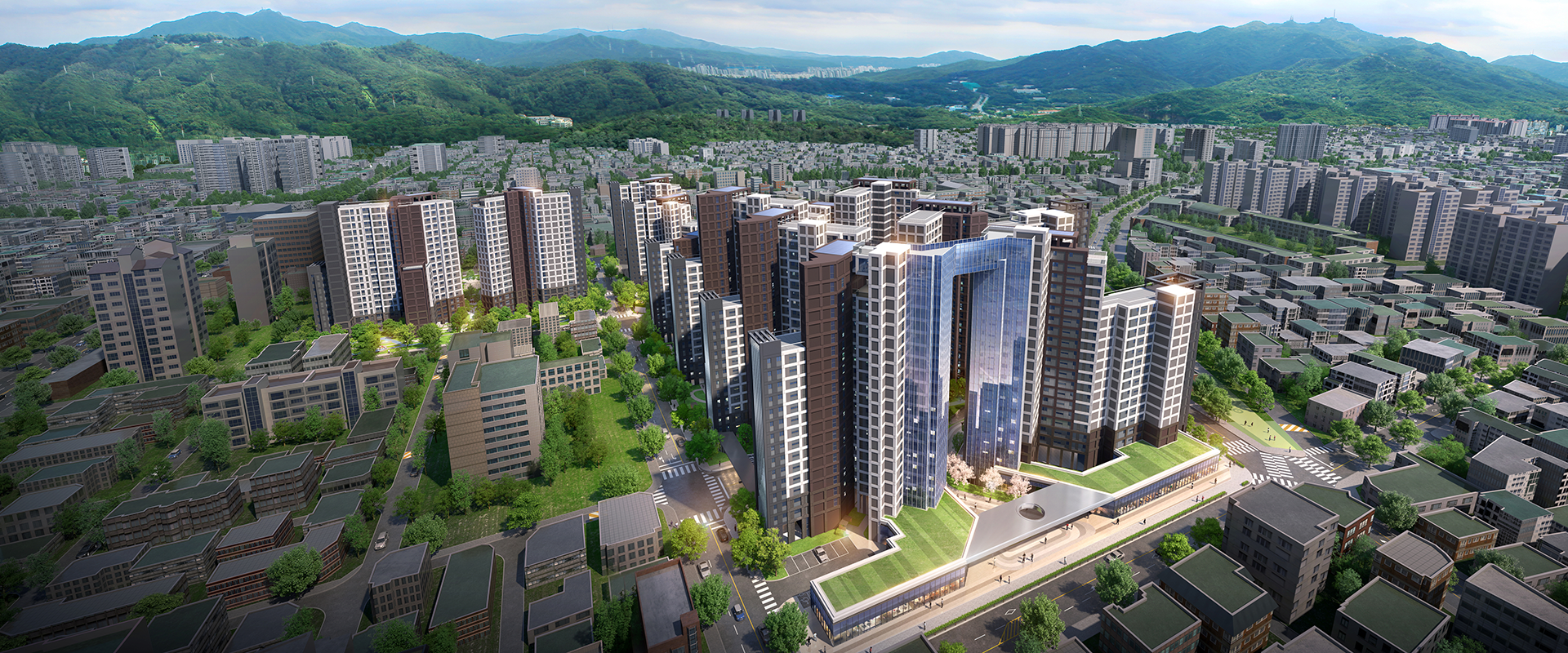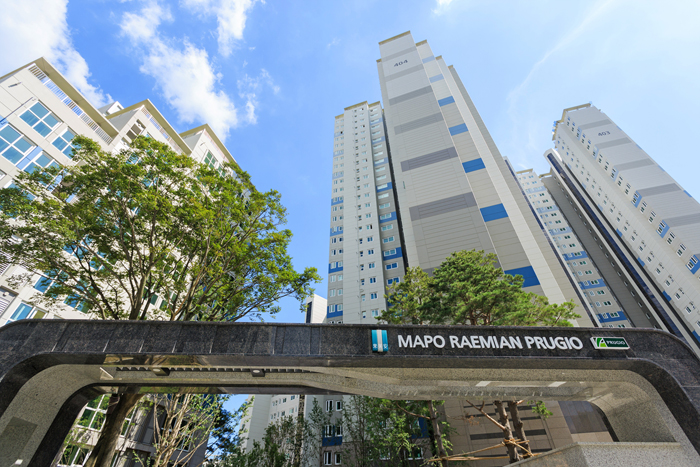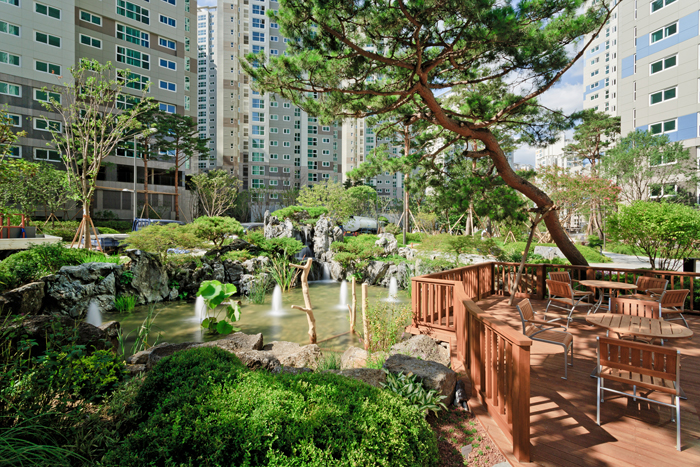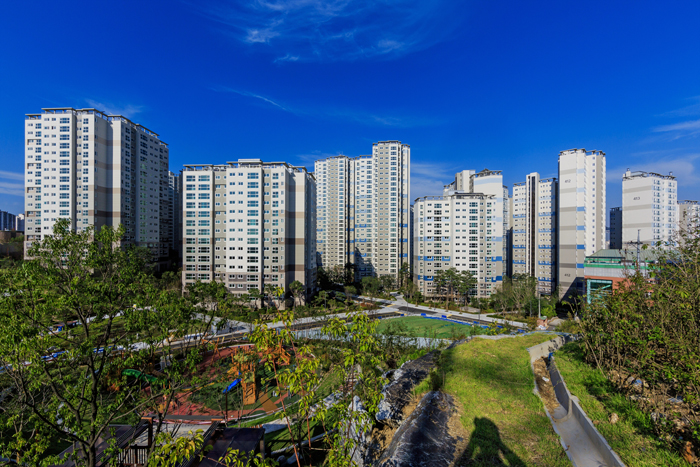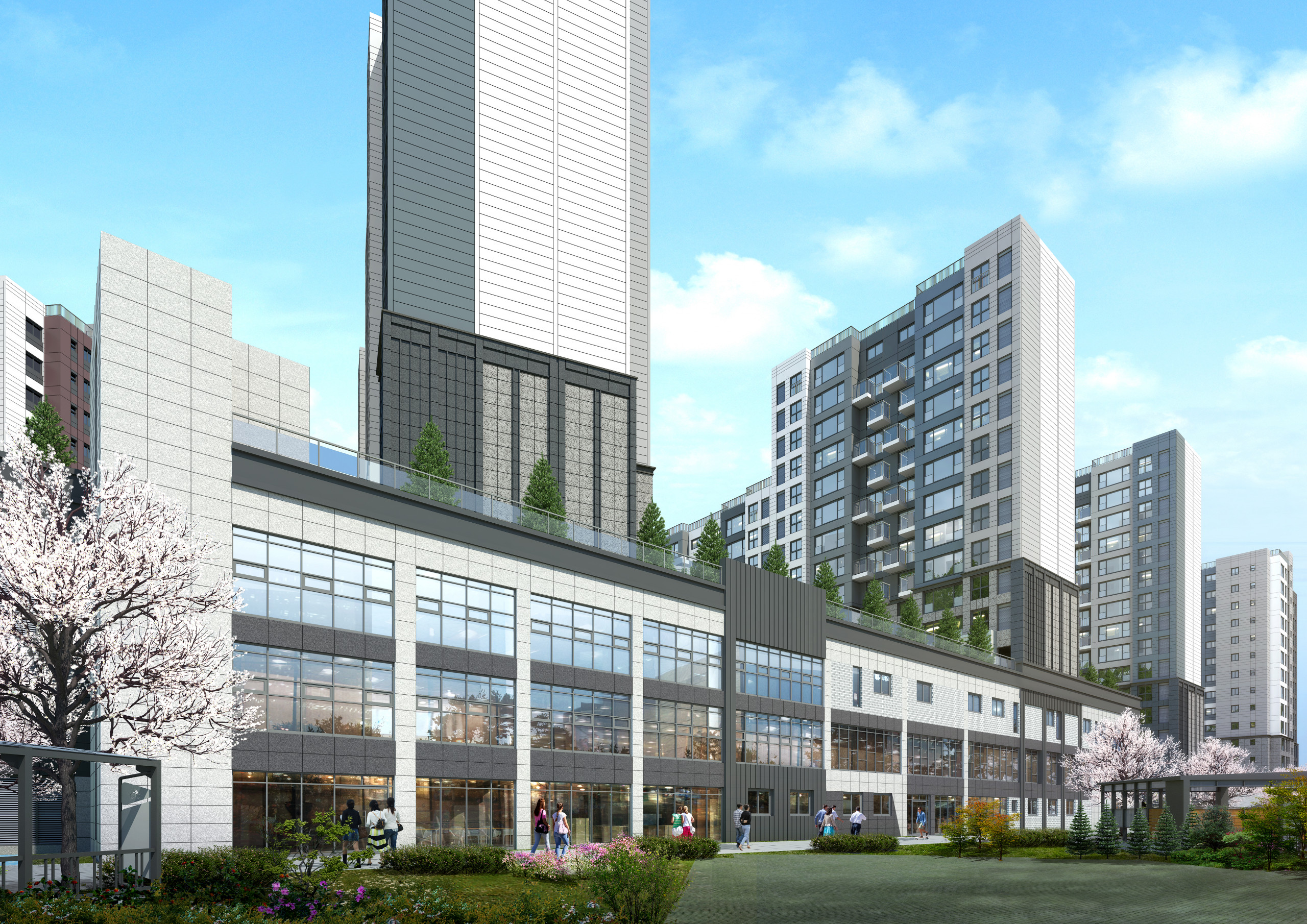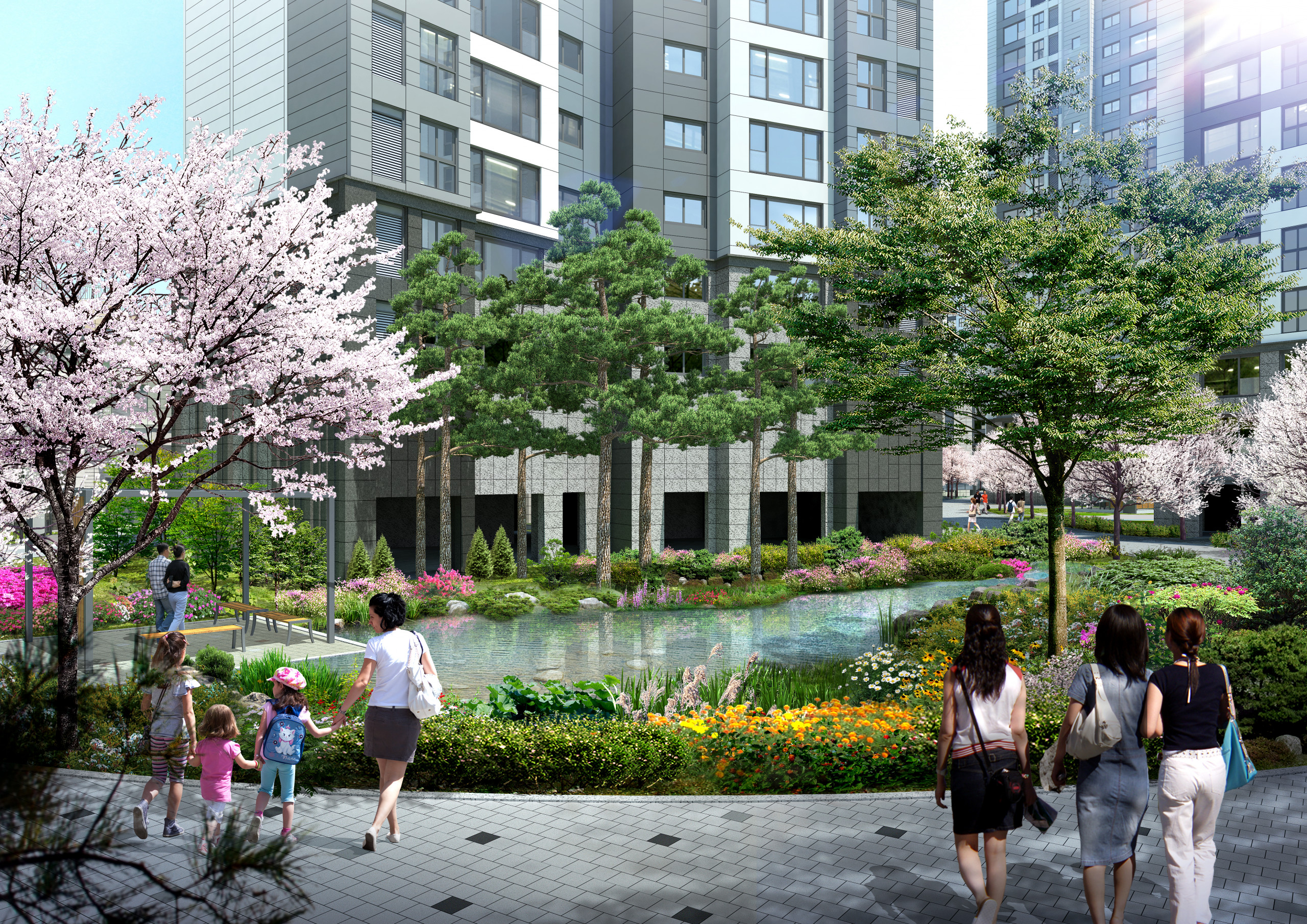Ever notice how the cityscape around you – the buildings and infrastructure – keeps changing gradually? Old buildings receive face lifts or disappear completely to be replaced by something new. There are three major phenomena that we see in urban renewal: remodeling, reconstruction, and neighborhood redevelopment. Each is becoming more important, so let’s look at what they are, and how Samsung C&T, a leader in the construction industry, is performing in this field.
The three Rs of urban renewal
What are the points in common and differences among the three Rs of urban renewal?
When the basic structure of a building remains intact, while the interior (and sometimes also exterior) is modernized and upgraded, that is remodeling. Without demolition, the building is fitted with modern comforts even as its historic structure is preserved.
Reconstruction involves tearing down an old building and erecting a new one in its place. This can be a solution when an older structure does not meet modern standards or current safety regulations, and is possible when the neighborhood has good infrastructure.
Broader redevelopment of a neighborhood can become necessary when an area has poor infrastructure and needs deeper, more thorough renewal. In effect, a new neighborhood is created from the ground up. This can boost the local economy and reflect sociocultural trends by transforming spaces into new residential and commercial zones.
These three phenomena are growing in importance for several reasons. One reason is for the more efficient use of urban space as cities grow denser. Since space in a city is at a premium and new buildings cannot infinitely continue to be built, improving existing buildings or erecting new ones can be a solution. Another reason is to better reflect sociocultural needs in an area. As societies continuously change, the built environment changes with it. As an example, the transforming concept of workspaces or the changing ways that families live together have been drivers for change in both commercial and residential buildings. A third reason is to make construction more sustainable. For example, by maintaining the structure of existing buildings and remodeling them, fewer resources are consumed and less carbon is emitted.
Examples of each of these three Rs abound throughout the world. In Paris, the Louvre art museum was built inside a structure that began as a fortress and then became a royal palace. The original structure was remodeled, repurposed, and expanded to hold priceless artistic treasures.
Although intentional demolition usually precedes a reconstruction, in at least one case it happened unintentionally. In Venice, Italy, the bell tower of St Mark’s Basilica collapsed of its own accord in 1902. The tower was rebuilt within a decade and is today a city landmark.
As for redevelopment, the historic Docklands area of Melbourne, Australia was once considered derelict but now includes 10,000 apartments completed or under construction, a sports stadium, 11 hectares of parks and reserves, and many pieces of public art.
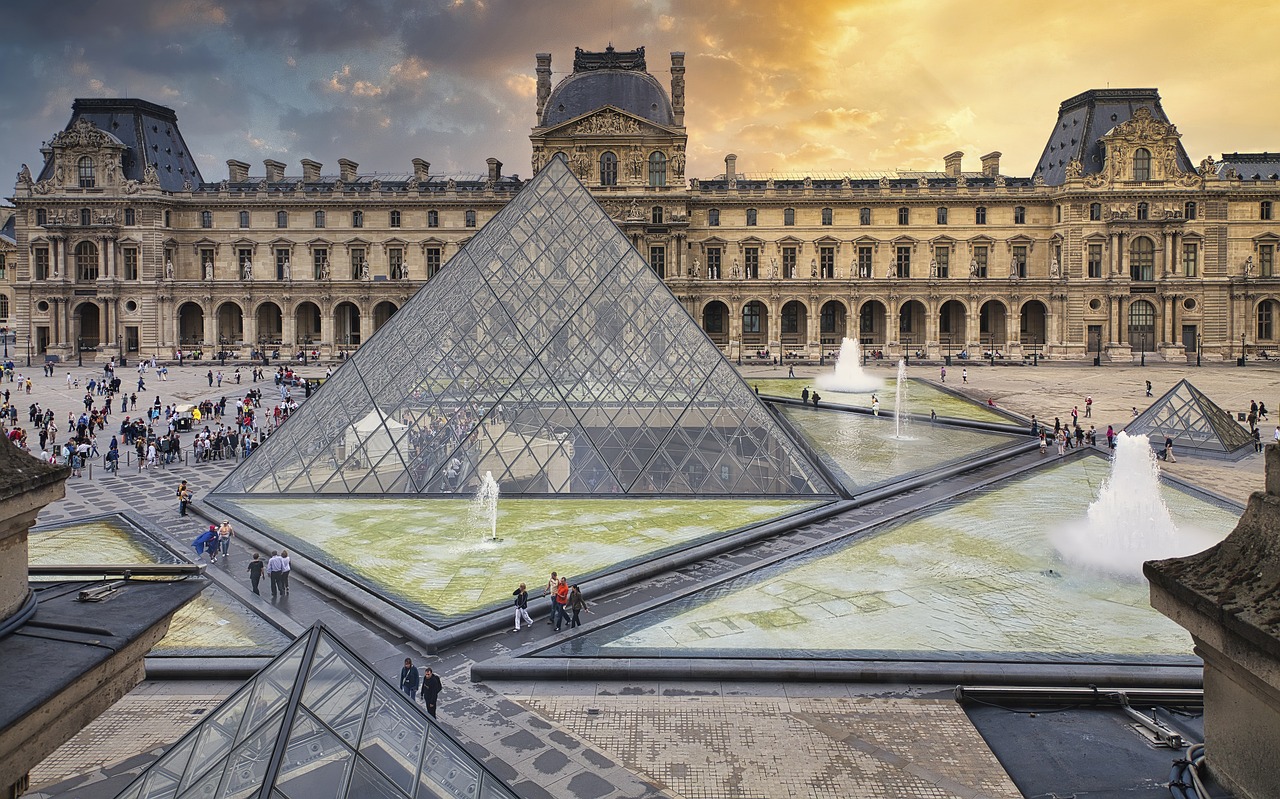

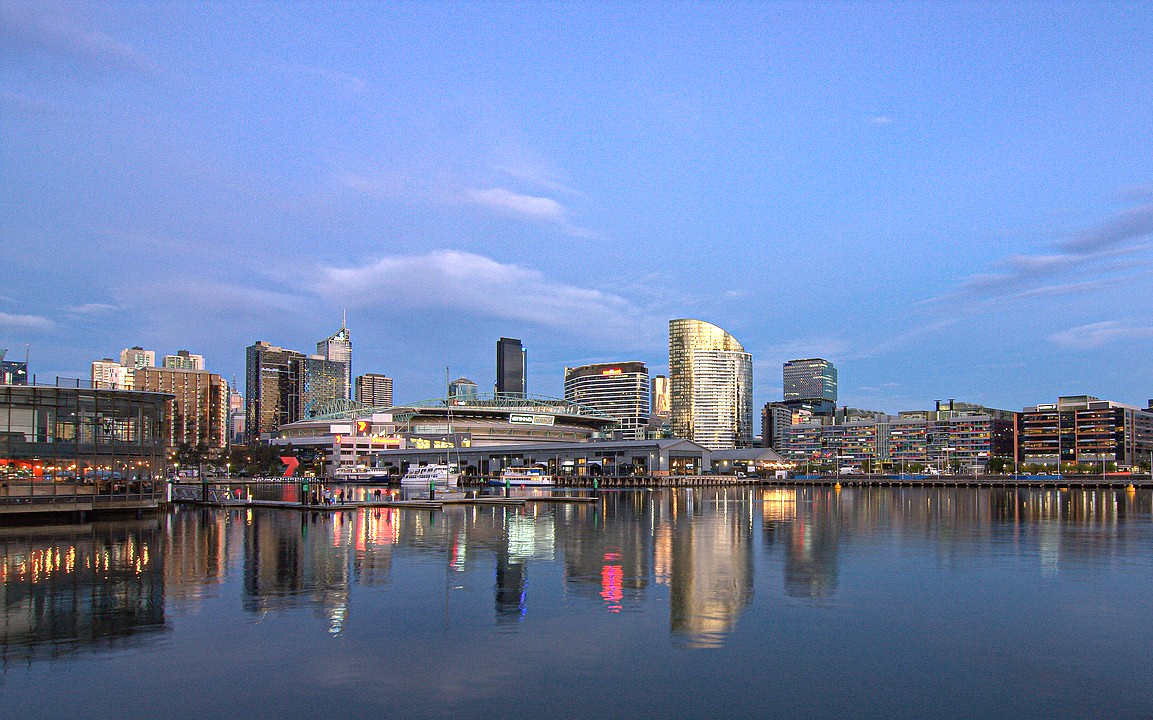
Samsung C&T's work in urban renewal
As a large construction company, Samsung C&T Engineering and Construction Group works in each of the three Rs. Aging apartment buildings can be remodeled with new piping and heating facilities, as well as interior and exterior surfaces, to give a new lease on life while keeping the original structure. Samsung C&T E&C Group has done this with Daechi Raemian Highston and Cheongdam Raemian Royview in 2014.
And recently, Samsung C&T announced that it would be in charge of a remodeling project for an apartment located in the Songpa district of Seoul. The apartment complex will be built with 6 floors underground and 27 floors above ground and will be reborn as part of the Raemian brand with a total of 565 households. In particular, the apartment complex, proposed to be named AFELIX, is expected to be built with the beauty of light as a motif and will include community facilities such as a fitness center and a sky lounge where residents can relax while looking at the cityscape.
Samsung C&T has also reconstructed brand new apartment buildings from the ground up, such as Raemian One Bailey in 2023; Raemian One Perla is also currently under reconstruction.
In redeveloping entire neighborhoods to create new urban infrastructure and residential zones, Samsung C&T is there, too. Two redevelopment examples are Mapo Raemian Prugio (completed 2014) and Raemian La Grande (currently under construction).
Samsung C&T, building the future
Samsung C&T not only improves the safety and efficiency of old buildings but also contributes to urban regeneration and community strengthening, carrying out projects that form an important axis of sustainable development. The E&C Group continues to focus efforts on this field, taking advantage of its experience and technology accrued over many years and growing by reflecting changing local sociocultural needs and environmental considerations. In addition, the company will do its best to maintain its continued leadership position in the construction industry.
Samsung C&T leads the way in construction and engineering, reminding us that “remodeling,” “reconstruction” and “redevelopment” mean much more than simply improving an existing building or constructing a new one. Our ever-changing urban landscapes are expected to continue to change through appropriate and sustainable remodeling, reconstruction, and redevelopment projects.


